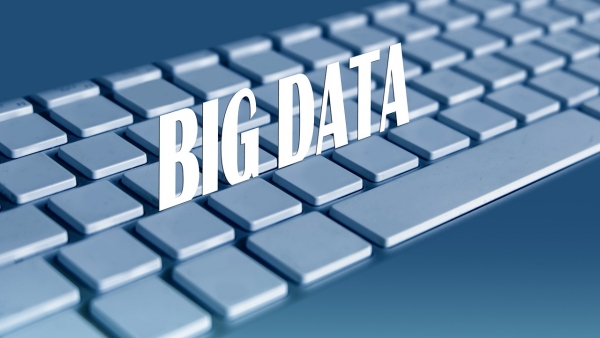Nowadays, it seems like every organization is investing in data analytics, in order to gain a deeper understanding of the work they do and, most importantly, how they can do it better. But many people may not know what the terms “big data” or what “business intelligence (BI)” refer to.
In short, big data is all data an organization collects on a regular basis, either for a specific purpose and in a structured manner, or secondary data that is being captured but as of yet provides no clear purpose or insight. The term business intelligence, or BI in most cases, refers to the software and methods an organization may use to analyze all that date in a meaningful way.
Why analyze the data?
Catholic Charities serves thousands of clients on an annual basis, and collects a lot of data, in a confidential and secure manner. A lot of the data is currently used to compile monthly and annual reports for funders (examples include DCS or the Department of Education) as well as our many stakeholders. Data is also a crucial component of quality improvement, since you must first measure what you have done in order to measure how you have improved.
With large scale quality improvement in mind, Catholic Charities is working hard to incorporate data analytics into everyday decision-making, both in service delivery and general administration duties. This includes turning the raw data (numbers and figures) into useful information (context, trends). Once this useful information is widely available and easy to distribute, leadership and team members can incorporate it into service delivery almost immediately.
What does it look like?
The analytics department has a saying, Value = Quality/Cost. The goal is to maximize the quality of the service being provided to our clients while minimizing the cost, therefore allowing Catholic Charities to offer the most value to everyone in the community.
An example can easily be shared from our MANA House program, a Phoenix-based shelter devoted to assisting homeless veterans find permanent, stable housing. Data analytics allows the team to assess, in real time, what the ebb and flow of the program is, including: how many residents are currently being served, what are the specific needs of the population, what additional resources the program may require, and how we as a team are meeting the outcomes and goals of each individual resident. The BI (business intelligence) system allows team members to forecast need over the next month or quarter, in order to adequately prepare in order to meet those demands.
A Final Thought
Data analytics holds a lot of potential for Catholic Charities. The ability to measure current outcomes and to compare those figures to national trends will allow programs to modify and improve service delivery quicker than before. Large amounts of data will be summarized and dashboards will offer stakeholders the ability to make real time decisions, evidence-based decisions. Funders and donors will see the exact outcomes of a particular program, and will see how their dollar specifically contributes to that client outcome. Ultimately, it will improve quality across our organization, from initial contact to successful closure.

Henry Behr is the Quality & Compliance Administrator for Catholic Charities Community Services. Having worked for both non-profit and private education organizations in the past, he specializes in quality improvement, accreditation and regulatory compliance. Henry grew up in Arizona and lives in the Valley of the Sun with his wife, Kim, raising two small children.




